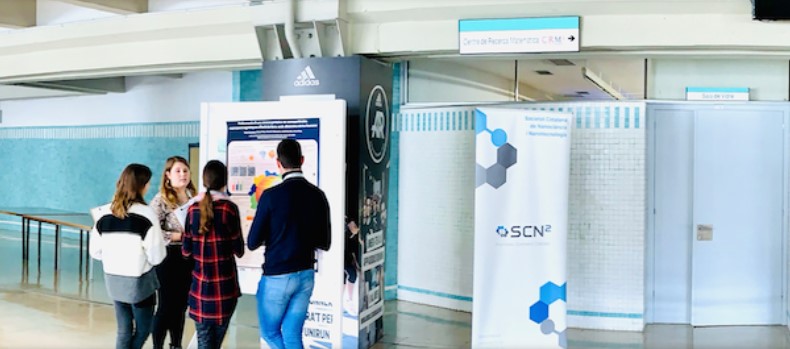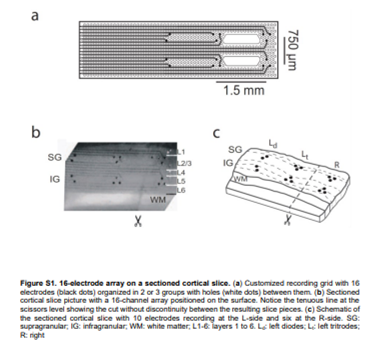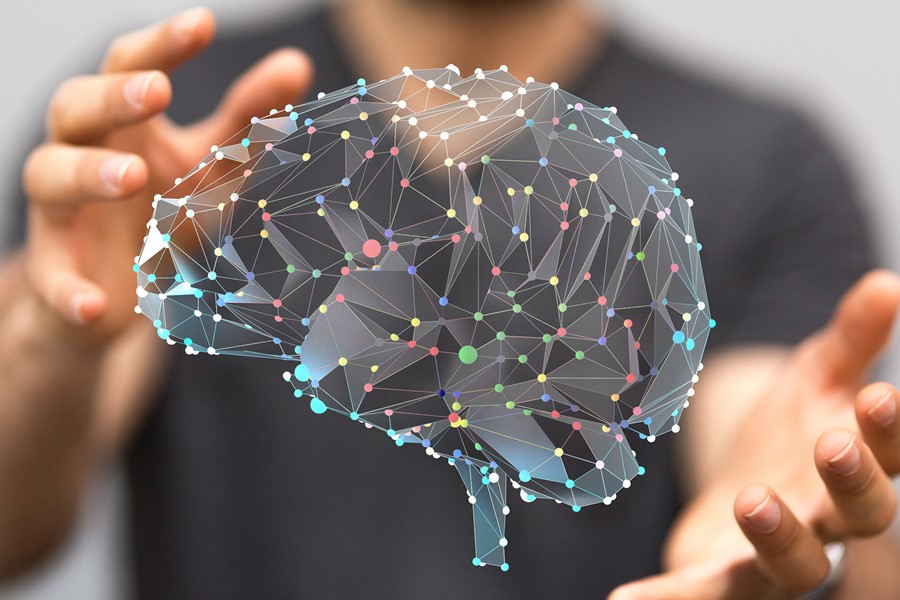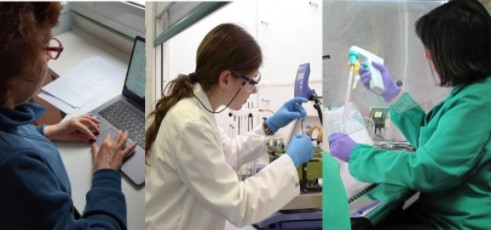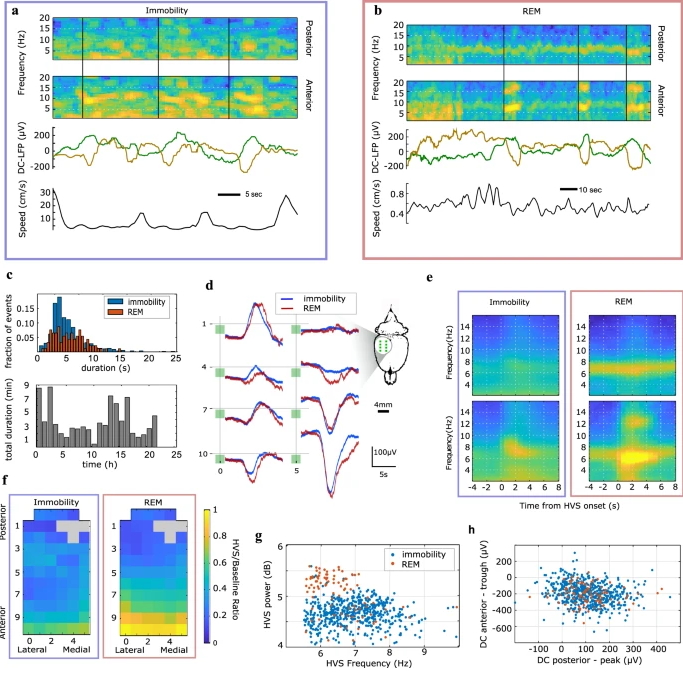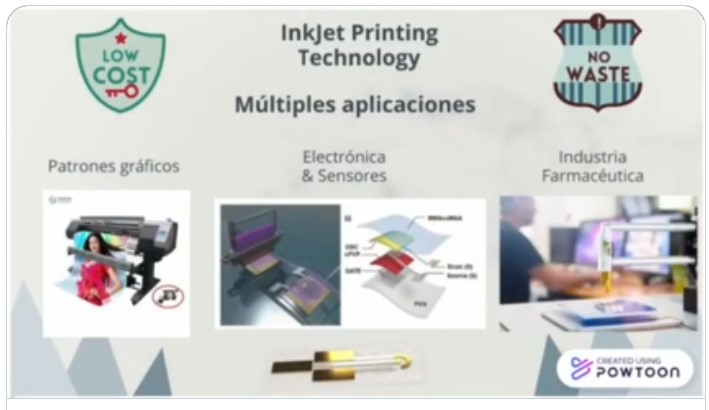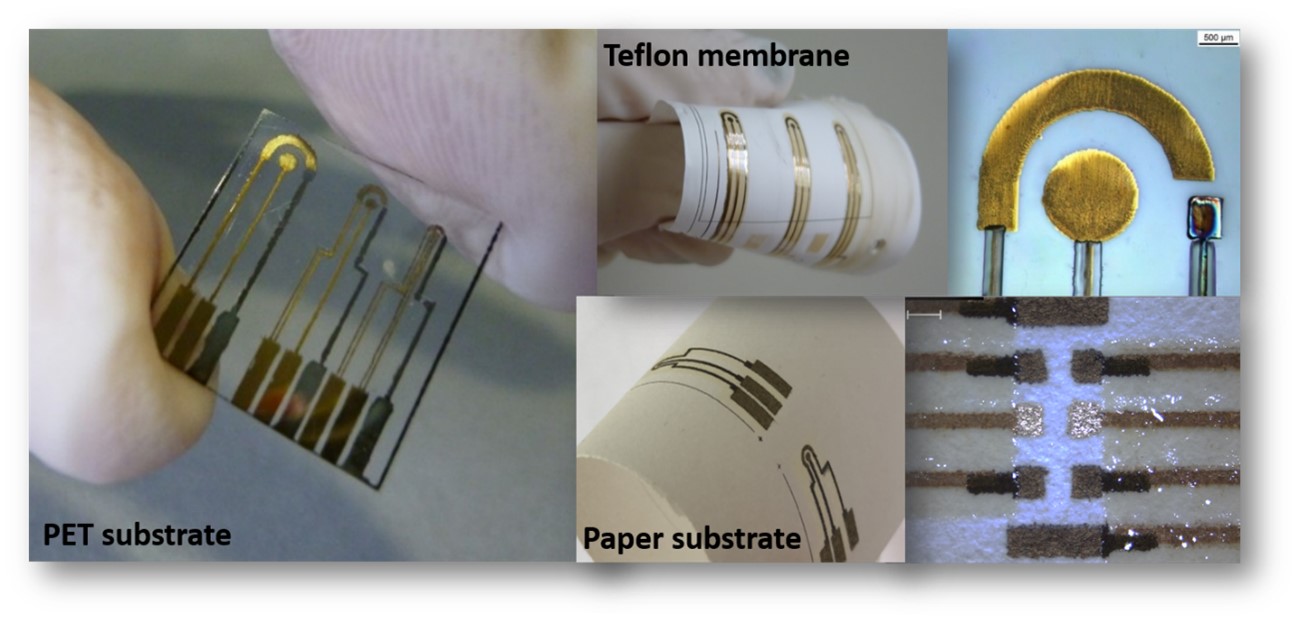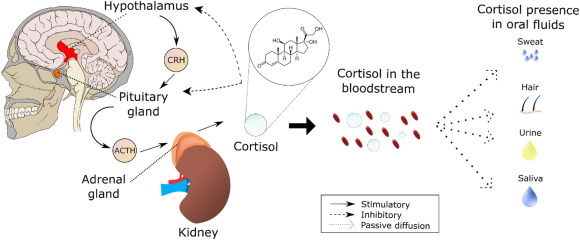First Dresselhaus Prize of the SCN2 to María Jesús Ortiz
María Jesús Ortiz i Aguayo, graduate in Chemistry from the Autonomous University of Barcelona (UAB), has been the winner of the First Dresselhaus Prize, organized by the Catalan Society of Nanoscience and Nanotechnology (SCN2), of the 2020 edition.
The award recognizes the work “Development of a pH microsensor for the determination of hydrogen sulfide based on Inkjet Printing“, supervised by Maria del Mar Baeza Labat (UAB) and Gemma Gabriel Buguña, from the Biomedical Applications Group GAB and NANBIOSIS U8 Micro– Nano Technology Unit from CIBER-BBN and IMB-CNM-CSIC
The student also did her TFG with Dra. Gemma Gabriel at the IMB-CNM.
The second edition of the SCN² Dresselhaus Awards, convened in September 2020 and held during the third wave of COVID-19 in Catalonia, closed on April 19, 2021 with the publication of the three winners this year. Only up to three paid awards and up to three mentions are awarded for high quality work according to the Jury evaluation, this year there have been no special mentions. The awards recognize the excellence of nanoscience work.
Further information here
